MOL Aims for Stable LNG Transport as Leading Carrier:商船三井、中国造船所への発注も慎重に検討
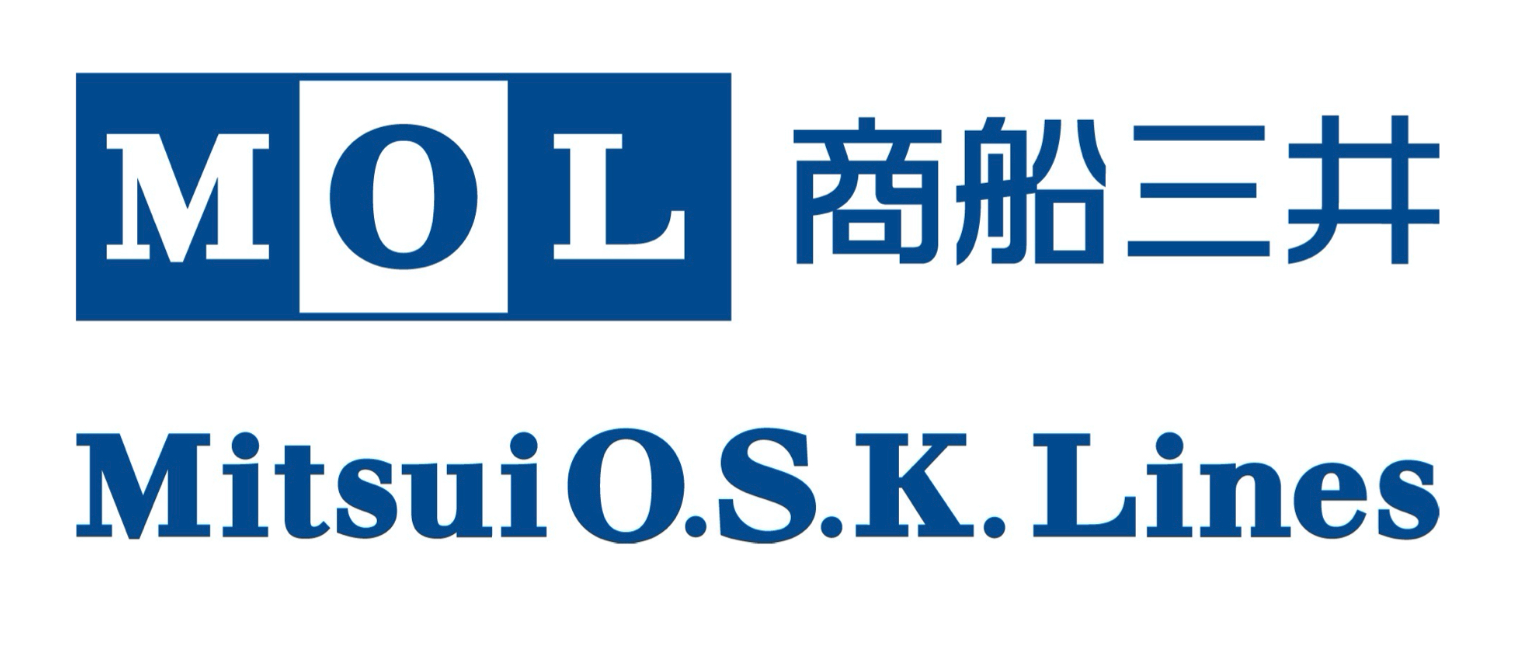
MOL Aims for Stable LNG Transport as Leading Carrier; Carefully Weighs Orders to Chinese Yards
商船三井、LNG輸送のリーディングカンパニーとして安定供給を目指す。中国造船所への発注も慎重に検討
On 26 May 2025, Mitsui O.S.K. Lines (MOL) issued a press release concerning new orders for LNG carriers. As of the end of March 2025, the company is involved with 107 LNG vessels, including co-owned ships. Given that around 800 LNG carriers are currently in operation globally, MOL’s share represents approximately 13% of the worldwide fleet.
The U.S. government has recently indicated plans to impose future port tariffs on Chinese shipping companies and Chinese-built vessels. In response to this development, MOL stated in its release that, as a global leader in LNG transport aiming to ensure stable supply, it would “continue to consider the use of Chinese shipyards cautiously, while carefully assessing whether they meet the company’s quality and safety standards.”
A closer reading of the release, in light of the current global LNG shipping landscape, suggests that MOL’s position reflects a realistic judgment befitting its role as an international leader. It is neither a one-sided “exclusion of China” nor a blind “dependence on South Korea.”
(Text by Hirofumi Yamamoto)
Photo courtesy=iStock, MOL
This article provides a detailed explanation of the current ordering practices for LNG carriers, particularly highlighting cases where the cargo owner countries, such as Qatar, hold the decision-making authority in selecting shipyards. It also discusses the volume of LNG carrier orders placed with Chinese shipyards and emphasizes that having multiple options is essential for effective shipping management.
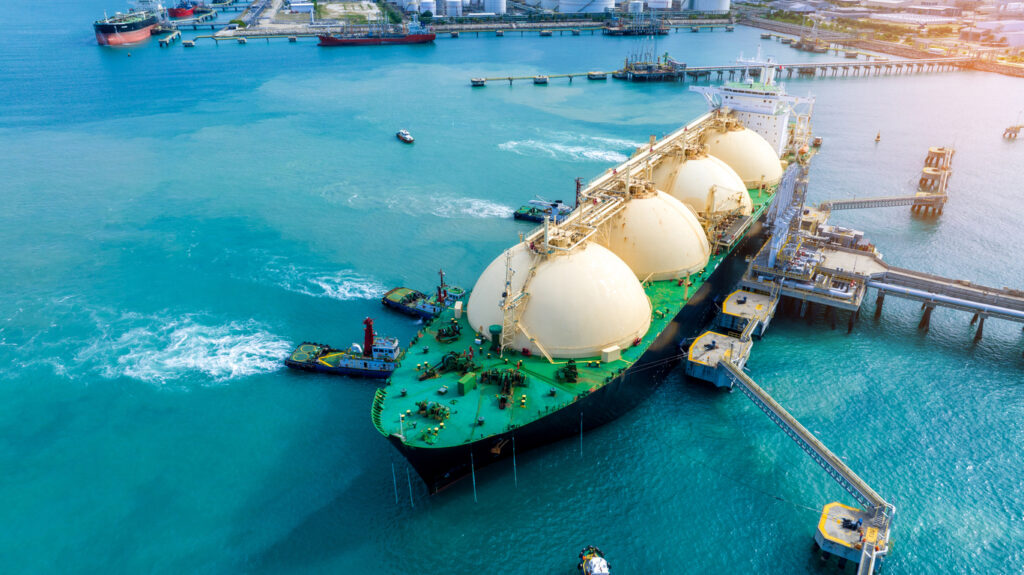
〆商船三井、LNG輸送のリーディングカンパニーとして安定供給を目指す。中国造船所への発注も慎重に検討
商船三井は2025年5月26日、LNG船の新規発注に関してプレスリリースを発表した。同社は2025年3月末時点で、共有船を含め107隻のLNG船に関与している。現在、世界で運航中のLNG船は約800隻であり、商船三井の関与隻数は全世界の約13%を占める。
米政府は、中国船社および中国建造船に対し、将来的に入港手数料を課す方針を示している。こうした状況を受け、商船三井は、世界のLNG輸送のリーディングカンパニーとして安定供給を目指すため、「当社の品質・安全基準を満たす中国造船所の起用を慎重に見極めながら、引き続き検討して」いくとリリースで明らかにした。そのリリースを精査し、現在の世界のLNG船を巡る状況を考えると、商船三井が示した方針は、国際的なリーディングカンパニーとしての立場を反映した現実的な判断であり、決して一方的な「中国排除」でも「韓国依存」でもないことがよくわかる。
(Text by Hirofumi Yamamoto)
Photo courtesy=iStock, MOL
※本文ではLNG船の現在の発注方式、とくにカタールなど含めた荷主国が造船所を決める決定権を握っているケースがあること、中国造船所のLNG船の受注量、複数の選択肢を持つことは海運経営で必須であること、などについて詳述しています。
〆MOL Aims for Stable LNG Transport as Leading Carrier; Carefully Weighs Orders to Chinese Yards
On 26 May 2025, Mitsui O.S.K. Lines (MOL) issued a press release concerning new orders for LNG carriers. As of the end of March 2025, the company is involved with 107 LNG vessels, including co-owned ships. Given that around 800 LNG carriers are currently in operation globally, MOL’s share represents approximately 13% of the worldwide fleet.
The U.S. government has recently indicated plans to impose future port tariffs on Chinese shipping companies and Chinese-built vessels. In response to this development, MOL stated in its release that, as a global leader in LNG transport aiming to ensure stable supply, it would “continue to consider the use of Chinese shipyards cautiously, while carefully assessing whether they meet the company’s quality and safety standards.”
A closer reading of the release, in light of the current global LNG shipping landscape, suggests that MOL’s position reflects a realistic judgment befitting its role as an international leader. It is neither a one-sided “exclusion of China” nor a blind “dependence on South Korea.”
(Text by Hirofumi Yamamoto)
Photo courtesy=iStock, MOL
Reports dated 24 May indicated that MOL had decided to “suspend new orders for LNG vessels from Chinese shipyards for the time being.” This headline appears to stem from remarks made by MOL President and CEO Takeshi Hashimoto in an interview, expressing similar views.
■ Global Shipping Industry on Alert
Following the early May announcement by the U.S. government regarding the imposition of port tariffs on vessels operated by Chinese shipping firms or built in China, shipping companies around the world have begun to show caution toward placing new orders with Chinese yards.
There is a possibility that uniform port charges may be levied on car carriers. According to industry sources, the port fee for a large PCTC with a capacity of 7,000 vehicles could reach as much as JPY 150 million per port call.
If a vessel built in China enters a U.S. port, the applicable port fees are expected to vary depending on vessel type and classification.
However, shipping companies based in China have stated that “in consultation with cargo owners, we have arranged to have the anticipated port charges reflected in the freight rates. Shippers unwilling to bear these additional costs have opted to cancel shipments to the United States,” according to one country manager.
■ Yard Selection for LNG Carriers Is Complex
Japanese shipyards have not built LNG carriers since 2019, with orders for such vessels instead being handled by shipbuilders in South Korea and China. LNG carriers—typically with a tank capacity of 180,000 cubic metres—are among the most capital-intensive ocean-going vessels, currently priced at around USD 260 million per ship (approximately JPY 36.9 billion, at an exchange rate of 142 yen to the dollar).
Historically, due to the large investment required, it was common for cargo owners, shipping companies, and trading houses to form consortia and establish special purpose companies (SPCs). The freight revenue from LNG transported under such projects was then used to repay loans taken out to finance the newbuildings—an arrangement known as “project finance.”
More recently, however, Qatar has been approaching LNG carrier operators and shipbuilders worldwide to help expand its LNG fleet—targeting around 100 vessels since approximately 2020—in line with the expansion of its gas fields and the replacement of ageing tonnage.
Qatar employs a system referred to as “matchmaking,” in which shipping companies and shipyards are selected through separate bidding processes. Following this, the companies offering the most competitive freight rates, ship prices, and safety standards are chosen.
In such cases, even if a Japanese shipping company wishes to operate a vessel built by a Korean shipyard—or hypothetically, a Japanese yard were building LNG carriers again—the decision would not lie with the Japanese company.
As the shipper and cargo owner, Qatar makes all final decisions, meaning that Japanese operators may be assigned to operate LNG carriers constructed in China regardless of their own preferences.
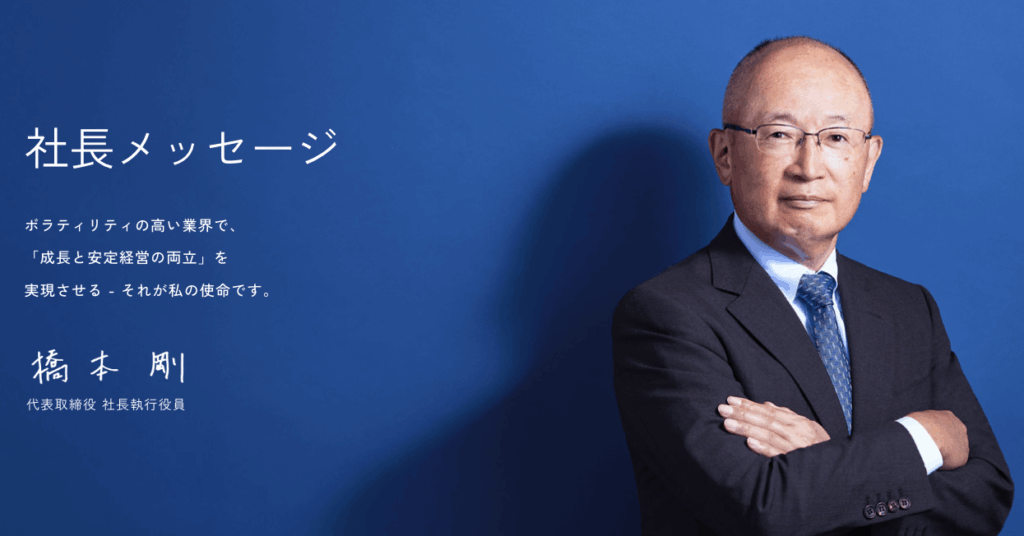
■ Many Jointly-Owned Vessels
As of the end of March 2025, MOL is said to be involved with 107 LNG vessels. However, many of these are jointly owned with project partners or shipowners. Traditionally, shipping companies considered a 20–30% ownership share per vessel as indicative of participation in LNG carrier projects.
Nowadays, with some vessels fully owned or time-chartered from independent owners, if one assumes MOL holds an average 50% stake in its LNG fleet, then the number of wholly or majority-owned LNG carriers would amount to approximately 50 vessels.
This highlights the fact that, in the case of vessels requiring massive capital investment—such as LNG carriers—or those closely tied to project frameworks, a single company does not necessarily have the authority to decide on the shipyard in every instance.
In this regard, when MOL independently enters into contracts for specific projects or builds vessels for the open market, it can select the shipyard on its own. However, in other cases, the consensus of the entire project is required. Consequently, depending on the nature of the project, it is conceivable that an LNG carrier order might be placed with a Chinese shipyard—even if that does not fully align with the shipping company’s preferences.
■ There Is No Single Answer
In its latest press release, MOL stated: “There are only a limited number of shipyards worldwide capable of constructing the high-quality LNG carriers required to provide a stable LNG transportation infrastructure. Chinese shipyards remain important partners in ensuring the diversity and flexibility of procurement sources.” The company added: “As before, we will continue to carefully assess the use of Chinese shipyards that meet our quality and safety standards, alongside Korean shipbuilders.”
It is only natural for the head of a major global shipping company to express heightened caution in light of the U.S. government’s decision to impose port tariffs on ships built in China. In fact, at present, it would be impossible to discuss the construction of LNG carriers globally without referencing China.
As of May 2025, the exact number of new LNG carrier orders placed with Chinese shipyards is not publicly known. However, based on previously disclosed figures, China received orders for 55 LNG carriers in 2022, 17 in 2023, and—taking into account 24 (18+6) vessels ordered by QatarEnergy in 2024—it is estimated that Chinese shipyards have received orders for at least 70 LNG carriers as of May 2025.
Given the U.S. government’s stated intention to impose port tariffs on ships built in China, MOL President and CEO Takeshi Hashimoto’s comment in an interview that the company would “suspend new LNG carrier orders to Chinese shipyards for the time being” is understandable—and likely to be echoed by other executives around the world.
At the same time, considering the current LNG-building capacity of Chinese shipyards, China’s relations with Qatar, and the fact that LNG shipyard selection is often determined at the project level, it is entirely appropriate for MOL to state that it will “continue to carefully assess the use of Chinese shipyards that meet our quality and safety standards, alongside Korean shipbuilders.”
In today’s climate of heightened political and geopolitical risk, settling on a single course of action would pose more risk than benefit in maritime business management. This mirrors the industry’s approach to new fuels, where companies deliberately avoid committing to just one alternative—be it ammonia, methanol, or hydrogen.
MOL’s recent press release serves as a stark reminder of the extent to which political and geopolitical risks are now shaping global maritime operations.
When it comes to LNG carrier construction, decisions are shaped not only by technical and safety standards, but also by the stability of supply chains—and, ultimately, by the geopolitical decisions of cargo owners and states.
Against this backdrop, MOL’s aim to maintain a diversified and flexible procurement strategy—rather than relying on any single shipbuilding nation or yard—is a pragmatic decision that reflects its position as a global industry leader. It is neither an outright rejection of China nor blind reliance on South Korea.
In an era of rapidly evolving international dynamics, there is no single “correct” answer when it comes to high-stakes, long-term LNG projects. Instead, a strategy capable of adapting to multiple scenarios is likely to become the foundation of sustainable growth and long-term competitiveness.
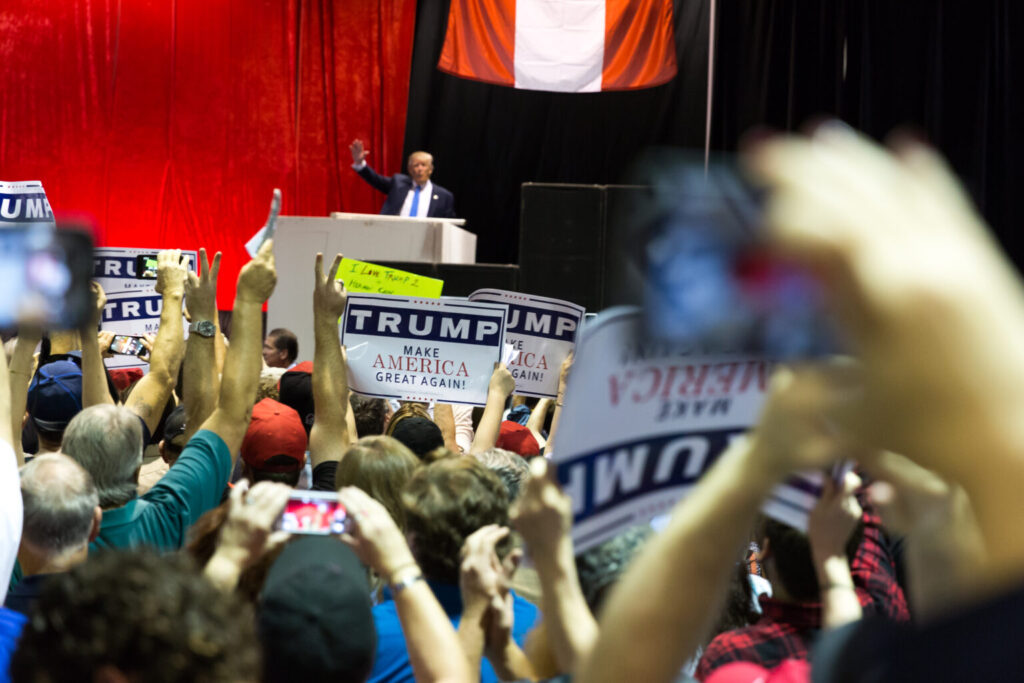
〆商船三井、LNG輸送のリーディングカンパニーとして安定供給を目指す。中国造船所への発注も慎重に検討
商船三井は2025年5月26日、LNG船の新規発注に関してプレスリリースを発表した。同社は2025年3月末時点で、共有船を含め107隻のLNG船に関与している。現在、世界で運航中のLNG船は約800隻であり、商船三井の関与隻数は全世界の約13%を占める。
米政府は、中国船社および中国建造船に対し、将来的に入港手数料を課す方針を示している。こうした状況を受け、商船三井は、世界のLNG輸送のリーディングカンパニーとして安定供給を目指すため、「当社の品質・安全基準を満たす中国造船所の起用を慎重に見極めながら、引き続き検討して」いくとリリースで明らかにした。そのリリースを精査し、現在の世界のLNG船を巡る状況を考えると、商船三井が示した方針は、国際的なリーディングカンパニーとしての立場を反映した現実的な判断であり、決して一方的な「中国排除」でも「韓国依存」でもないことがよくわかる。
(Text by Hirofumi Yamamoto)
Photo courtesy=iStock, MOL
商船三井のLNG船の新造船発注を巡っては、一部報道で5月24日、「中国造船所へのLNG船新規発注を当面見送る」との見出しの記事が掲載された。商船三井の橋本剛(Takeshi Hashimoto)CEO兼社長がインタビューで同様の趣旨でコメントしたことが記事の根拠となっている模様だ。
■世界中の海運が警戒
一方、米政府が5月上旬に、中国船社の運航船や中国建造船に対する入港手数料の課金を発表して以降、世界中の海運会社が中国造船所への発注に対し警戒を示している。
自動車輸送船には一律に入港手数料が課される可能性があり、関係者によると、7,000台積みの大型PCTCで一回当たりの入港手数料は日本円で約1億5,000万円に達するという。
中国造船所で建造された船舶が米国へ入港した場合、船型や船種などによって入港手数料は異なると想定される。
しかしながら、中国に拠点を置く海運会社は、「荷主との協議の上、想定される分の運賃を上乗せしてもらっている。その支払いをしたくない荷主は米国への積荷の輸送を取りやめている」(カントリーマネージャー)としている。
■LNG船のヤードの決定は複雑
日本の造船所は2019年以降、LNG船の建造を取りやめており、世界のLNG船の建造は韓国造船所と中国造船所が受注・建造してきた。
LNG船は、タンク容量18万立方メートル型の標準船で、現在の船価が1隻当たり約2億6,000万ドル(1ドル=142円換算で約369億円)と、外航船の中で最も投資額が大きい。
かつてはこの投資額の大きさから、荷主、海運会社、商社がコンソーシアムを組み、特別目的会社(SPC)を設立。プロジェクトから算出されるLNGを輸送した運賃収入を新造船の返済原資とする「プロジェクト・ファイナンス」が組まれることが一般的だった。
しかし、近年はカタールがLNGガス田の拡張や老齢船のリプレースを前提に、2020年前後から100隻規模のLNG船の船隊整備を世界中のLNG運航船社や造船所に打診している。
カタールは、「お見合い方式」と呼ばれる海運会社と造船所を別々の入札で選定し、その後、最も運賃や船価、安全性に優れた海運会社や造船所を指定する。
この場合、日本の海運会社が韓国造船所の建造船を運航したいと考えても、仮に日本の造船所がLNG船を建造していた場合でも、日本の海運会社に日本の造船所でLNG船を建造する決定権はないとされる。
シッパーであり荷主であるカタールが全てを決定するため、日本の海運会社の意図と関係なく、中国造船所で建造したLNG船の保有・運航が決定される。
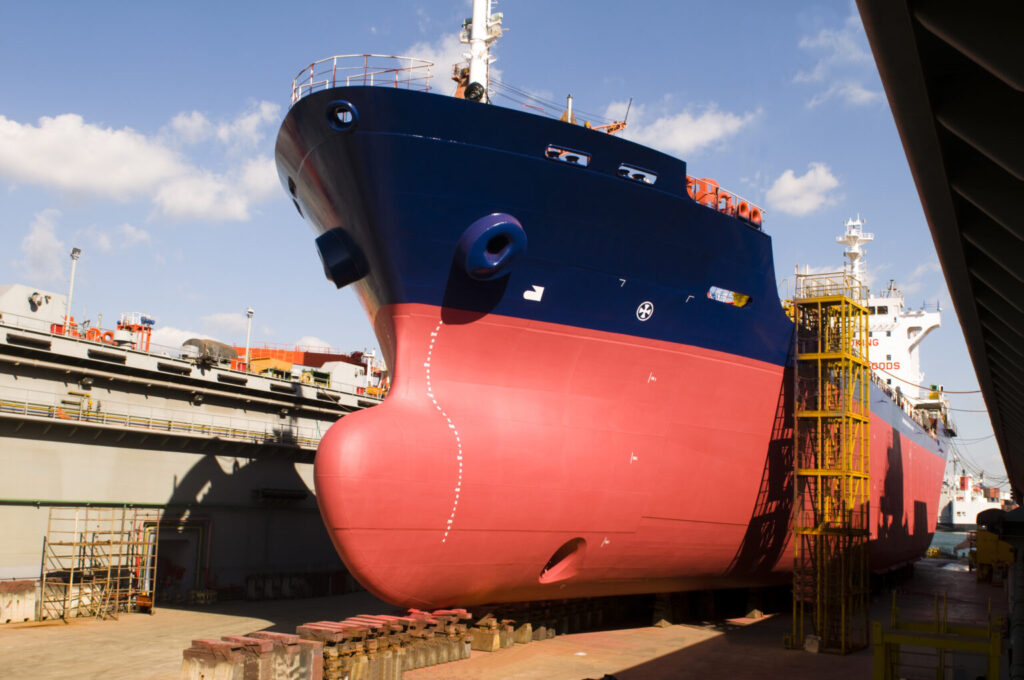
■共有船が多数
商船三井のLNG運航船は2025年3月末時点で107隻とされているが、多くのLNG船がプロジェクト側や船主などとの共有船が含まれている。一般的に海運会社のLNG船の単独保有(100%保有)とみなすのは、かつては1隻当たりの保有持ち分を20~30%とした。しかし、現在では単独保有や船主からの起用船もあるため、商船三井の運航船107隻の持ち分を仮に50%とした場合、いわゆる単独保有船は約50隻程度になる。
これは、LNG船のような巨額投資が必要な船舶やプロジェクト色の強い船舶では、1社単独で全てのケースで造船所を決定するわけではないということだ。
この点についても、今後、商船三井が単独で特定プロジェクトと契約を結んだり、フリー船を建造する場合は、商船三井自身で造船所を決定できる。しかし、それ以外の場合はプロジェクトの総意が必要になるため、プロジェクトによっては海運会社の本意でない場合でも、中国造船所に対しプロジェクトとしてLNG船を発注するケースも想定される。
■答えは一つではない
今回、商船三井はプレスリリースで「安定したLNG輸送インフラを提供するために必要となる高品質なLNG船を建造可能な造船所は世界でも限られており、調達先の多様化・柔軟性を確保するためには、中国造船所は重要なパートナーであることに変わりはありません」「これまで同様、韓国造船所に加え、当社の品質・安全基準を満たす中国造船所の起用を慎重に見極めながら、引き続き検討してまいります」と説明している。
当然、世界のあらゆる海運会社の経営トップとして、米政府の中国造船所に対する入港手数料の負荷に対し、これまで以上に慎重になると説明することは当然のことである。
実際、現在、世界のLNG船の建造は中国抜きでは語れない面もある。
2025年5月時点で中国造船所がどの程度の新造船としてLNG船を受注しているのか明らかではない。
しかし、過去に発表された数字からみると、中国は2022年に55隻のLNG船を受注し、2023年は17隻、2024年にはQatarEnergyによる24隻(18隻+6隻)を考慮すると、2025年5月時点で中国の造船所に発注されているLNGキャリアの新造船は少なくとも70隻以上と推定される。
米政府が「中国造船所で建造された船舶に入港手数料を課す」と現時点で言明している以上、商船三井の橋本CEOがインタビューで「中国造船所へのLNG船新規発注を当面見送る」とコメントしたことは、ある意味当然である。世界中の他の経営者も同様のコメントをする可能性すらある。
一方、同時に現在の中国造船所のLNGの建造能力、カタールと中国の関係、プロジェクト全体で造船所を決めるというLNG船の特殊事情を考えれば、商船三井が「これまで同様、韓国造船所に加え、当社の品質・安全基準を満たす中国造船所の起用を慎重に見極めながら、引き続き検討してまいります」とコメントすることは、世界のLNG輸送のリーディングカンパニーとして当然のことだと考える。
政治的リスク、地政学的リスクが高まっている現在、全ての方針を一つに絞ることは海運経営においてリスク以外の何ものでもない。これは新燃料に対し、アンモニア、メタノール、水素など、海運各社が一つの新燃料に的を絞らないことと全く同一の議論である。
今回の商船三井のリリースを通じて、改めて現在の国際海運を取り巻く政治的リスク、地政学的リスクが、海運経営にどれほど大きな影響を与えているかを強く感じた。
LNG船の建造をめぐっては、技術・安全基準の達成、サプライチェーンの安定性、そして最終的には荷主や国家間の地政学的判断が密接に絡む極めて複雑な意思決定が求められる。
その中で、特定の造船所や国家に依存しない柔軟な調達体制を維持しようとする商船三井の方針は、国際的なリーディングカンパニーとしての立場を反映した現実的な判断であり、決して一方的な「中国排除」でも「韓国依存」でもないことがよくわかる。
国際情勢が刻々と変化する中で、LNG船という巨額かつ長期のプロジェクトにおいて「正解」は一つではなく、多様なシナリオに柔軟に対応できる戦略こそが、今後の持続的成長と競争力の源となるだろう。








コメント